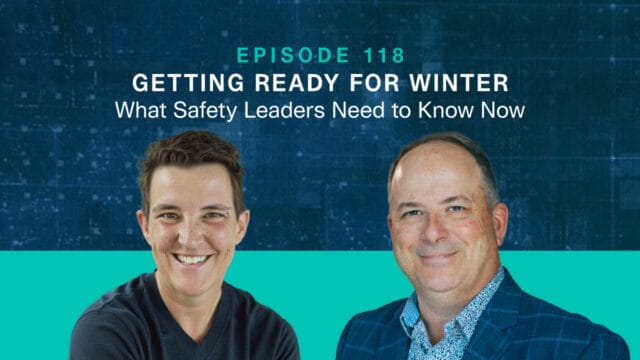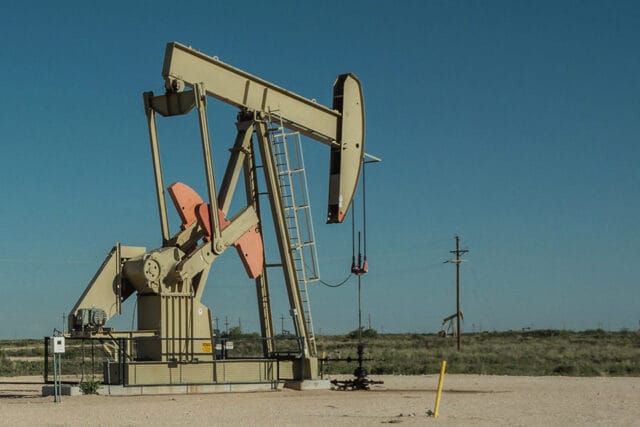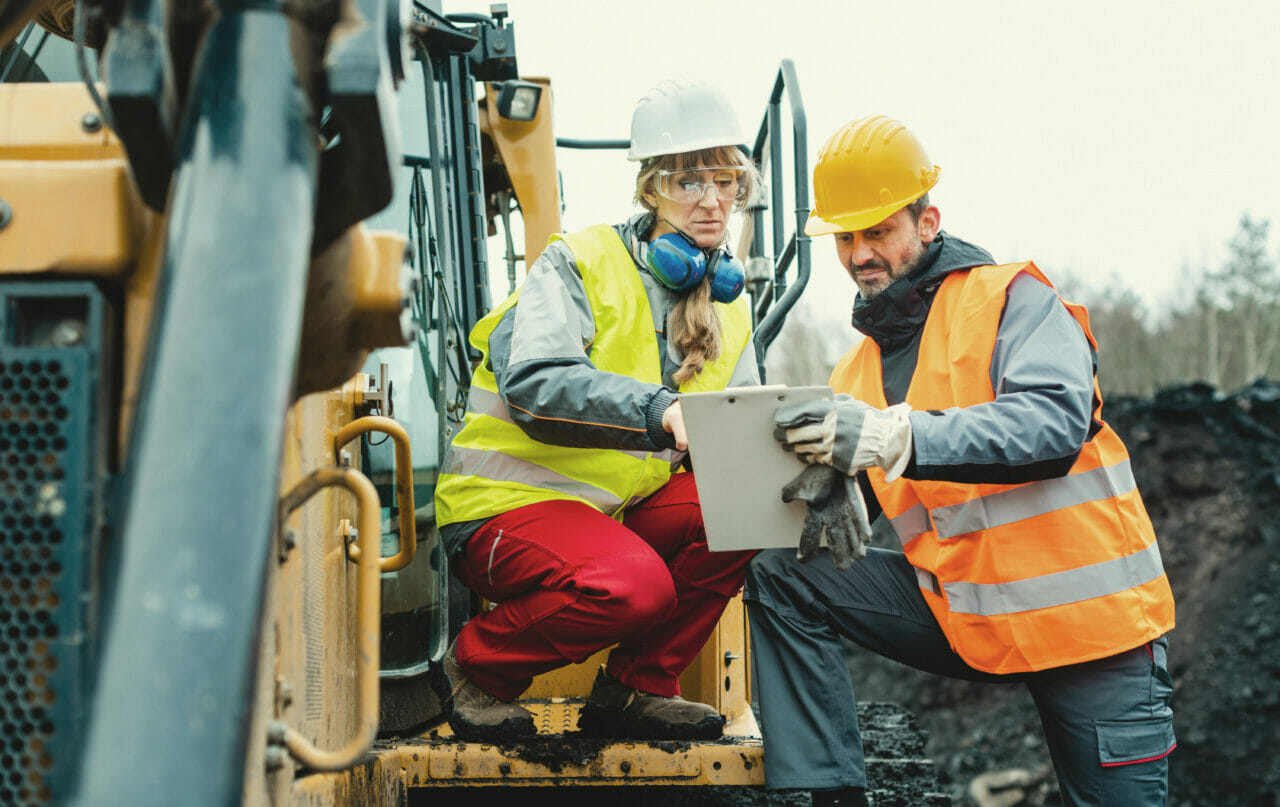
Safety Orientation: Building a Culture That Shows You Care

A safety orientation is more than a checklist: it’s the first real step in building a strong safety culture. When done right, it helps reduce incidents, ensures compliance, and shows new hires that they are valued.
Why Safety Orientation Matters
Every company with field employees should promote a culture that says, “We care.” A safety orientation reinforces that message from day one. It helps new hires understand essential safety terms and practices before they step into the field.
Topics often covered include:
- Life-Saving Principles: Basic guidelines that help workers avoid serious injuries.
- Safety Data Sheets (SDS): What they are and why they matter when handling hazardous materials.
- Lockout/Tagout and Confined Space Entry: Common practices that experienced workers know but may be new to others.
Without proper safety onboarding, new employees might not recognize hazards or know how to respond. This early training helps create a safer and more confident workforce.
Meeting OSHA’s Expectations Through Safety Orientation
While OSHA doesn’t specifically require a safety orientation, its General Duty Clause does require employers to provide a safe workplace. Orientation is one way to fulfill that responsibility. It introduces safety expectations and prepares workers for further training that’s specific to their roles.
A Key to Employee Loyalty
Offering a strong safety orientation also helps to retain employees. Studies show workers are more loyal to companies that invest in their training and well-being. Starting with orientation, you build trust and show that safety isn’t just a policy; it’s a priority.
Looking Ahead
We’ve discussed how safety orientation supports culture, compliance, and employee engagement. In our next article, we’ll explore the legal and moral responsibilities behind offering these orientations and why skipping them could cost more than you think.
About the Author
Josh Ortega, Vice President, Safety, Sustainability, and Procurement, formerly served as the Chairman of SafelandUSA and an Executive board member for the National STEPS Network. Before joining Veriforce as Vice President of SSP, Josh was with BHP for 18 years. During his time with BHP, Josh worked in operations, human resources, health, safety, environment, and community, primarily focused on contractor management. Josh’s extensive experience in oil and gas production, drilling, completions, well interventions, and construction across the United States provides a robust platform to help industry partners enhance safety and bring workers home safe.




